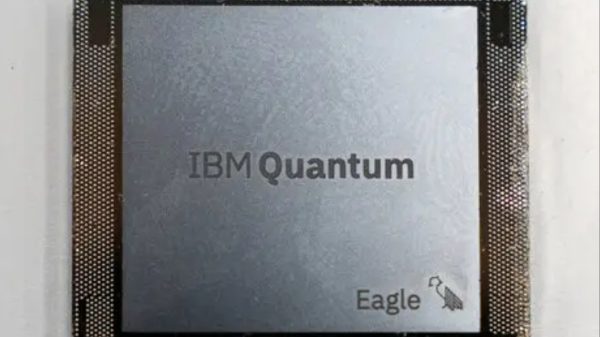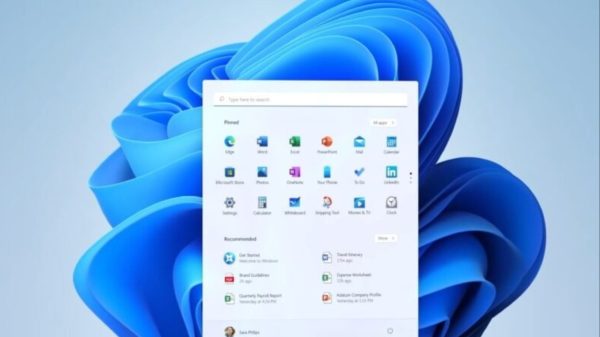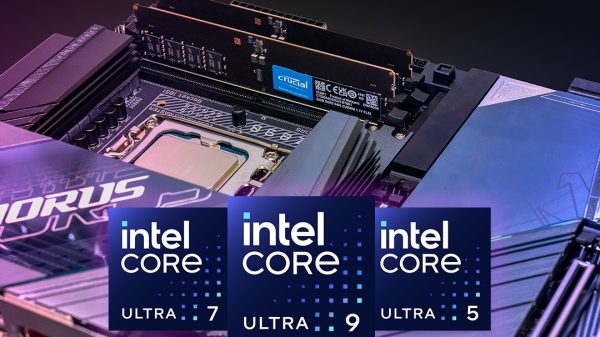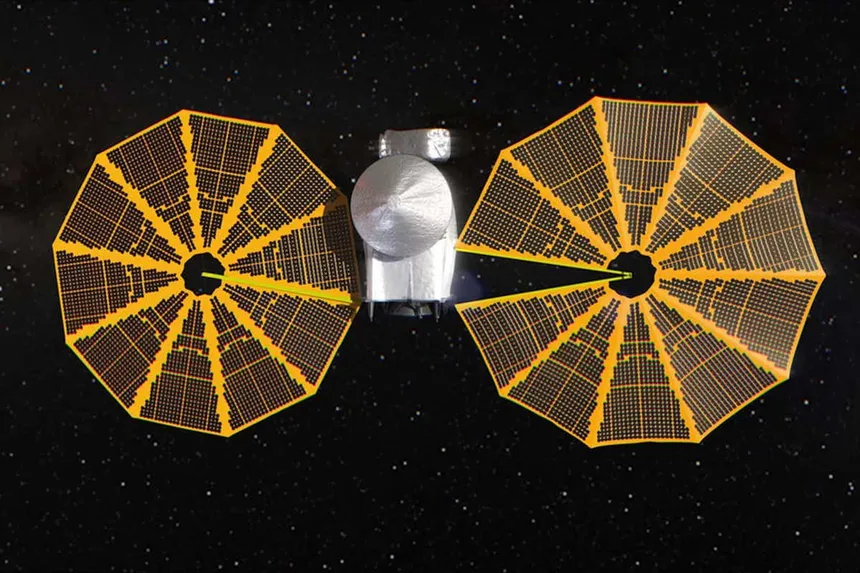As NASA’s Lucy spacecraft ventures further into the vast expanse of space, it is set to make a daring detour to fly by a small asteroid called Dinkinesh on November 1. This remarkable opportunity was added to the mission’s agenda earlier this year, and it promises to provide the team with a golden chance to conduct extensive scientific research before reaching its primary destination in 2027.
The asteroid, measuring approximately half a mile in diameter, is nestled in the main asteroid belt between Mars and Jupiter, a region rich in celestial bodies. This peculiar detour will serve as a dress rehearsal for the spacecraft’s primary mission, allowing the team to fine-tune its systems, test its instruments, and hone its skills for the grueling encounters with the Trojan asteroids that lie ahead.
According to Hal Levison, Lucy’s principal investigator at the Southwest Research Institute, this flyby is a historic moment, offering humanity its first-ever close look at an asteroid that has thus far remained a blurry smudge on the best telescopes. “Dinkinesh is about to be revealed to humanity for the first time,” Levison declared, emphasizing the significance of this encounter.
As Lucy approaches Dinkinesh, the team is brimming with excitement, eager to gather valuable insights into the asteroid’s composition, shape, and characteristics. This flyby will not only provide a valuable learning experience for the spacecraft’s systems but also give the team a chance to test its tracking system, a crucial component for the spacecraft’s future mission.

NASA’s Lucy Spacecraft
The tracking system, developed by Lockheed Martin Space, will enable Lucy to precisely locate the asteroid and lock its instruments onto its position as it flies past. This intricate process is essential for the spacecraft’s success, as it will perform flybys of 10 asteroids in the Trojans rather than entering orbit around any one of them. With this system in place, the spacecraft will be able to capture more accurate data and display its cameras with greater precision.
Mark Effertz, Lucy’s chief engineer at Lockheed Martin Space, explained the complexities of the flyby, highlighting the significant challenges involved. “We’ll know what the spacecraft should be doing at all times, but Lucy is so far away that it takes about 30 minutes for radio signals to travel between the spacecraft and Earth, so we can’t command an asteroid encounter interactively,” Effertz said. Instead, the team relies on pre-programmed science observations and prepares for the flyby in advance, allowing Lucy to collect data without real-time input from Earth.
The Lucy spacecraft’s journey to the Trojan asteroids is a long and arduous one, but with this detour, the team is thrilled to seize every opportunity to gather data and test its systems. As the spacecraft hurtles through space, it is clear that this mission is just getting started, and the scientific community is eagerly anticipating the groundbreaking discoveries that this spacecraft will make in the years to come.









































